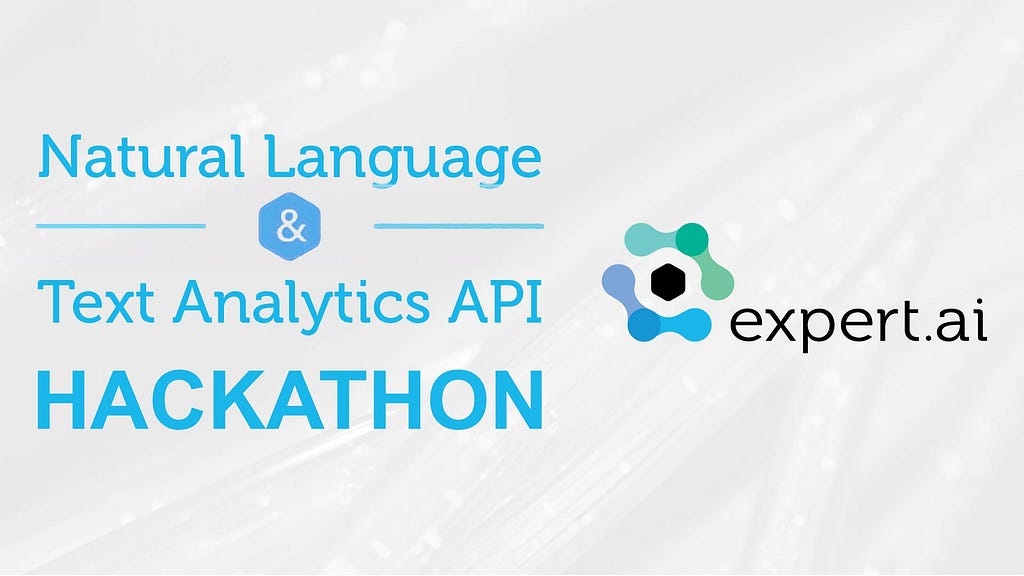
Win $ 10,000.00 in This Hackathon!
Last Updated on November 10, 2021 by Editorial Team
What is new in the AI world, an exciting hackathon with over $ 5000.00 in prizes, our official community’s launch, and our monthly editorial picks.
Author(s): Towards AI Team
If you have trouble reading this email, see it on a web browser.
Happy Monday, folks! We genuinely hope you had a lovely Holiday season next to your beloved ones and a Happy New Year. In this edition of our monthly newsletter, we present:

Expert.ai Natural Language and Text Analytics API Hackathon: Create or enhance an existing app by embedding deep Natural Language Processing, word meaning, and sentiment analysis. Expert.ai empowers organizations to transform data into knowledge and insight through its deep understanding of complex language. The expert.ai Natural Language API is a cloud-based software service that provides a comprehensive set of natural language understanding capabilities based on expert.ai technology. Test your development skills and build (or update) a functioning application that uses an expert.ai API. The First Prize is $ 5,000 USD. | [ See Rules for Details ]
[ Join the Hackathon! ]
In other news, we launched our official community — which we are super excited about. We will be adding as many free high-quality resources that we can get our hands on. We have started collaborating with our new members on a project, and we are incredibly thankful to those who support us. If you become interested, check out our FAQ — for feedback on how we can improve, please let us know.
Next, D2l.ai released a new chapter on attention mechanisms on their “Dive into Deep Learning” interactive textbook. This book is a free resource available in PyTorch and ApacheMXNet, via Jupyter notebooks, HTML, or PDF.
If you are into machine learning, we recommend you to check out this list of superb papers on multimodal machine learning, created by Paul Liang and collaborators.
Now, if you are working on side ML projects and need some hosting resources, check out Zenodo. An open-source general-purpose repository developed under the European OpenAIRE program and operated by CERN. It offers version control, 50GB of free hosting, bandwidth, DOI, and provides long-term preservation.
If you are into GANS, check out this cool deep convolutional generative adversarial network (DCGAN) implementation in Keras by François Chollet, with exact mapping from the mental model to its implementation.
Finally, don’t forget that the deadline for #ICML2021 is on January 28 for abstracts and February 4 for full papers.
Now into the monthly picks! We pick these articles based on readers, fans, and views a specific piece gets. We hope you enjoy reading them as much as we did. Also, we started doing something new! We will pick our top-performing articles, and our editors will choose one to two essays that didn’t have outstanding performance, but due to their quality — they made the cut for the month.
If you can, please share our subscription link with your friends, colleagues, and acquaintances. We promise we won’t spam their inbox. If you have any feedback regarding our newsletter, please feel free to send us an email.
📚 Editor’s choice featured articles of the month ↓ 📚

A Year Full of Amazing AI Papers — A Review by Louis (What’s AI) Bouchard
Even with everything that happened in the world this year, we still had the chance to see much amazing research come out, especially in artificial intelligence. Many important aspects were highlighted in 2020, like the ethical aspects, important biases, and much more. Artificial intelligence and our understanding of the human brain and its link to AI is constantly evolving, showing promising applications in the soon future…
[ Read More ]

Sentiment Analysis (Opinion Mining) with Python — NLP Tutorial by Towards AI Team
A “sentiment” is a generally binary opposition in opinions and expresses the feelings in the form of emotions, attitudes, opinions, and so on. It can express many opinions. For instance, “like,” or “dislike,” “good,” or “bad,” “for,” or “against,” along with others. By using machine learning methods and natural language processing, we can extract the personal information of a document and attempt to classify it according to its polarity, such as positive, neutral, or negative, making sentiment analysis instrumental in determining the overall opinion of a defined objective, for instance, a selling item or predicting stock markets for a given company…
[ Read More ]

Why Should I Care About How Humans Think? by Mathieu d’Aquin, Ph.D.
In a previous article, I argued that there are two sides to AI: The symbolic side of higher-level cognitive functions and the currently trendy, lower level, biology-inspired, connectionist version. Looking at the symbolic, cognitive side first, historically, this is where mimicking human intelligence is more obvious. Many still refer to the Turing test as a test of machine intelligence. However, as a test that involves pretending to be human, to be successful at it, a machine would likely have to make mistakes. It would have to show that it is not a cold, calculating machine. Maybe it is not in some cases, but in most, I would argue that a cold, calculating machine (or at least one that does not make mistakes) is what we want in an AI…
[ Read More ]

KNN (K-Nearest Neighbors) is Dead! by Marie Stephen Leo
Finding “K” similar items to any given item is widely known in the machine learning community as a “similarity” search or “nearest neighbor” (NN) search. The most widely known NN search algorithm is the K-Nearest Neighbours (KNN) algorithm. In KNN, given a collection of objects like an e-commerce catalog of handphones, we can find a small number (K) nearest neighbors from this entire catalog for any new search query. For example, in the below example, if you set K = 3, then the 3 nearest neighbors for each “iPhone” is another “iPhone.” Similarly, the 3 nearest neighbors to each “Samsung” are all Samsungs…
[ Read More ]

Towards Autonomous Vehicles 2021 by Stephen Adhisaputra
Humans want convenience; faster, easier, and safer transportation. Autonomous vehicles are currently hotter than ever, with 2021 set to be the year for new releases. Traditional automakers face an autonomous revolution — driven largely by the tech industry. “Cars are evolving into computers on wheels,” they said…
[ Read More ]

MIT’s Free Online Course to Learn Julia — The Rising Star by Frederik Bussler
Python is the unchallenged leader of AI programming languages, used by 87% of data scientists. That said, there’s no guarantee of Python’s future, as languages come and go all the time — COBOL, ALGOL, BASIC, the list of graveyard languages goes on. Indeed, Jeremy Howard — AI expert and former President of Kaggle — says that “Python is not the future of Machine Learning. It can’t be.” In short, native Python is too slow, and there’s too much overhead…
[ Read More ]
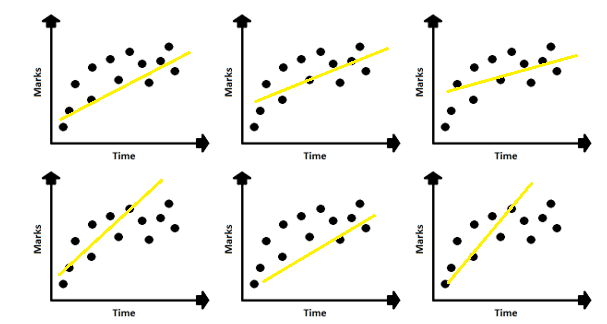
Fully Explained Linear Regression with Python by Amit Chauhan
Simple linear regression is used for predictive analysis and making inferences. In this type, there is one independent and one dependent variable. Whenever there are cause and effect in modeling, we go to regression analysis. The performance is more accurate in real-time analysis when we use factor analysis techniques. The regression analysis fundamentals use in supervised machine learning. Three important things to be noticed…
[ Read More ]
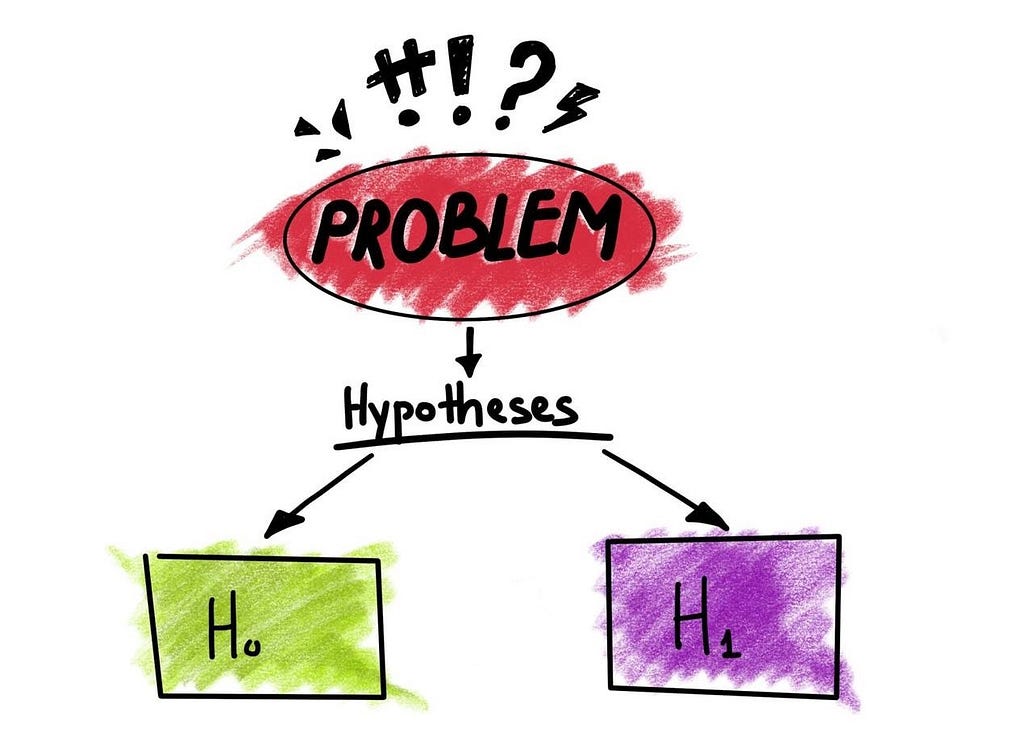
Hypotheses Testing with SciPy by Sujan Shirol
With much hype going on with the data science field, most of us jump directly into machine learning models and algorithms to make business decisions. All the online courses available fail to teach the very basics of decision making. Hypotheses testing is one of the basic building blocks of decision making and oldest. The earliest use of hypotheses testing was in the 1700s by John Arbuthnot to test whether male and female births are equally likely to occur…
[ Read More ]

20 Core Data Science Concepts for Beginners by Benjamin Obi Tayo Ph.D.
With so much to learn, and so many advancements to follow in data science, a core set of foundational concepts remain essential. Twenty of these ideas are highlighted here that are key to review when preparing for a job interview or refresh your appreciation of the basics…
[ Read More ]

Top 3 NLP Use Cases a Data Scientist Should Know by Alexandros Zenonos, PhD
This article explores the most common use cases a data scientist faces when dealing with Natural Language Processing (NLP). Setting the scene, we assume you are new to NLP, but not necessarily in data science. As data scientists, we often have to work with unstructured data. If you are not familiar with the term, then think of structured data as a table in Excel or in an actual database, where each column is a feature or an attribute. So, the opposite of that (unstructured) is when we do not have this format. Usually, this means we have to deal with either images or text. NLP deals with the computation of text, and it is about making a computer understand our written language. Our overall objective or universal goal, if you like, is to create models that understand text similar to how a human would do. We are not there yet, but we can create models that are useful in different settings. Typically, as data scientists, we face three common tasks related to the text…
[ Read More ]

Building a Product Recommendation Engine on Google Cloud’s Platform by anuragbisht
In my last post, I discussed how you could easily create an end to end recommendation engine using Amazon Sagemaker.
Today we will leverage the Google Cloud Platform and Apache Spark to create a recommendation engine that you can easily integrate with the data engineering pipeline. You can use the same mechanism and deploy it on AI platform notebooks…
[ Read More ]

Top 3 Resources to Master Python in 2021 by Chetan Ambi
There are hundreds of reasons why people love Python. The most common reasons seem to be — readability, simplicity, ease of use, vast community (growing rapidly), 3rd party libraries (such as Pandas, Numpy, Scikit-learn, etc.). You can do system programming, GUI, Numerical & Scientific programming. It can be used for Natural language analysis, visualization, image processing, machine learning. Sigh! The list is endless…
[ Read More ]

Large Scale Satellite Data Processing by Husna
Spatial data, or geospatial data, can be considered any data containing location information on the Earth’s surface. Spatial data is present in any field or industry, especially in today’s “real-time” data-driven world. There are a few common terminologies that better explain the language of spatial data…
[ Read More ]

5 Tricks to Improve Bar Graphs: Matplotlib by Manmohan Singh
The bar graph is a widely used chart in data science. Charts help you to connect the data with your stakeholders, managers, or audience. Charts speak a story about your results. Your graph should not look messy. It should be clearly visible and easy to understand. Bar charts popularly represent data that has multiple categories. Create a bar graph in such a way that it creates a meaningful picture of data in your audience’s mind…
[ Read More ]

Data Visualization Using Seaborn by Indhumathy Chelliah
Seaborn is used for data visualization, and it is based on matplotlib. It provides a high-level interface for drawing attractive and informative statistical graphics. Data visualization is used for finding significant insights from the data. It is used to visualize the distribution of data, the relationship between two variables. When data are visualized properly, the human visual system can see trends and patterns that indicate a relationship…
[ Read More ]
🙏 Thank you for being a subscriber with Towards AI! 🙏
Follow Towards AI ↓
Facebook | Twitter | Instagram | LinkedIn | Github | Google News
Win $ 10,000.00 in This Hackathon! was originally published in Towards AI on Medium, where people are continuing the conversation by highlighting and responding to this story.
Published via Towards AI

 Logo:
Logo:  Areas Served:
Areas Served: 






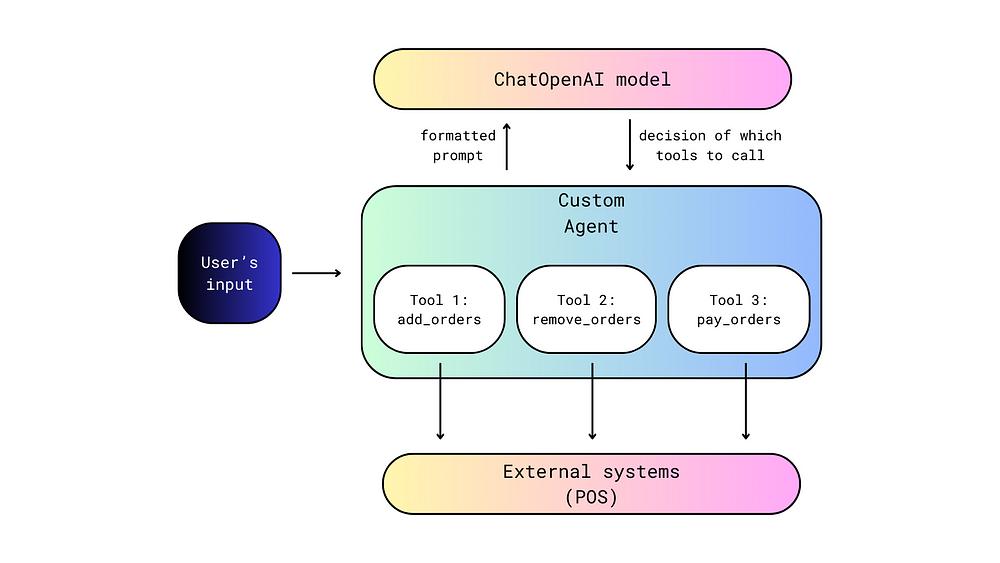
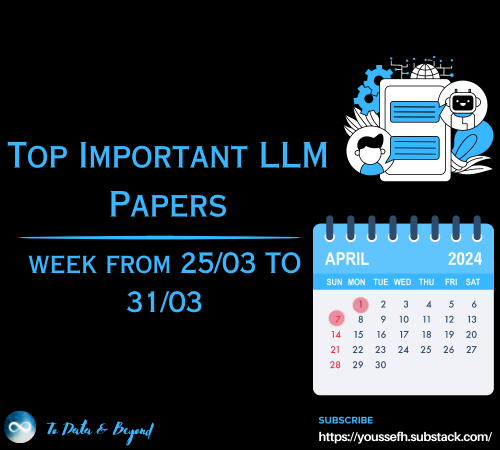
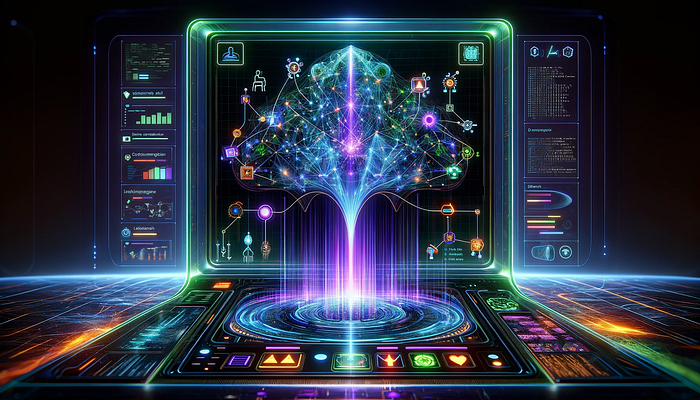
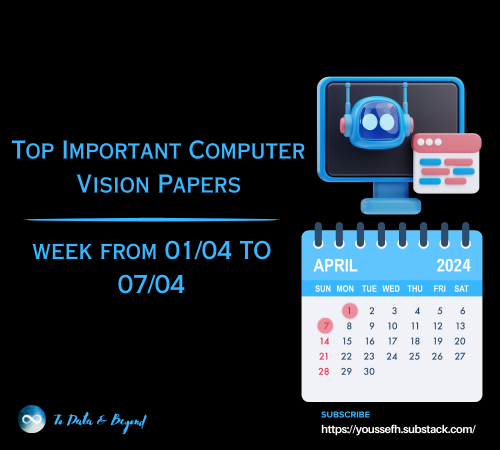
Bryan G.
Amazing news!